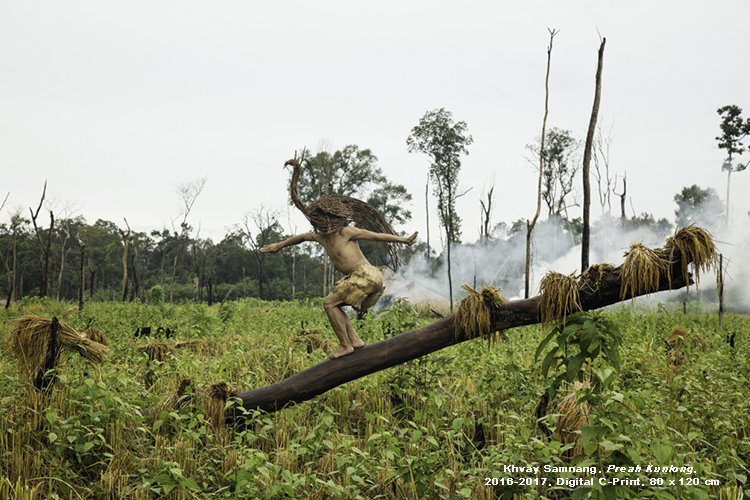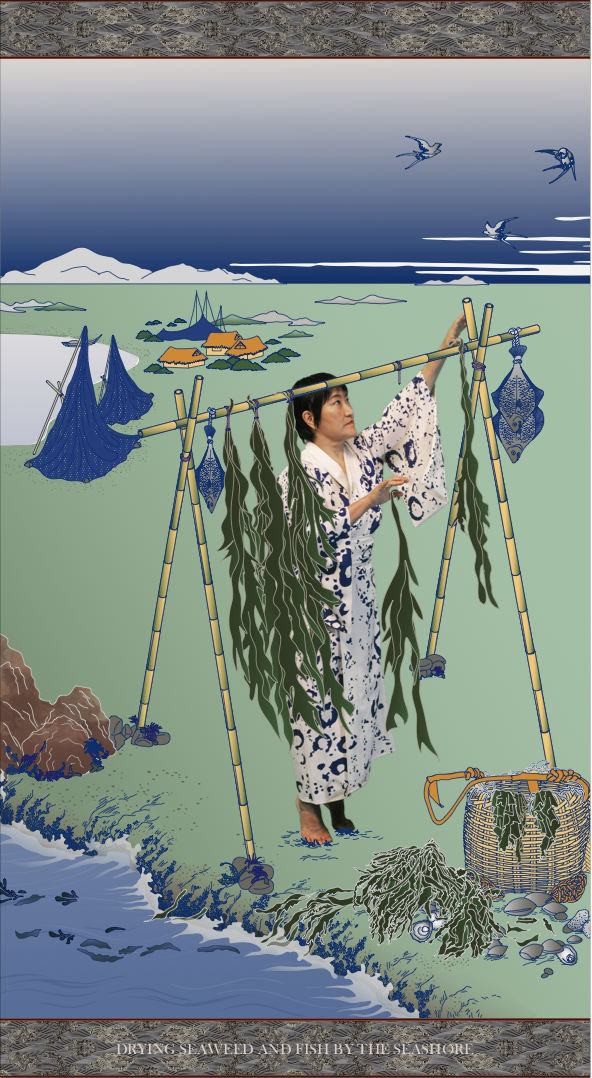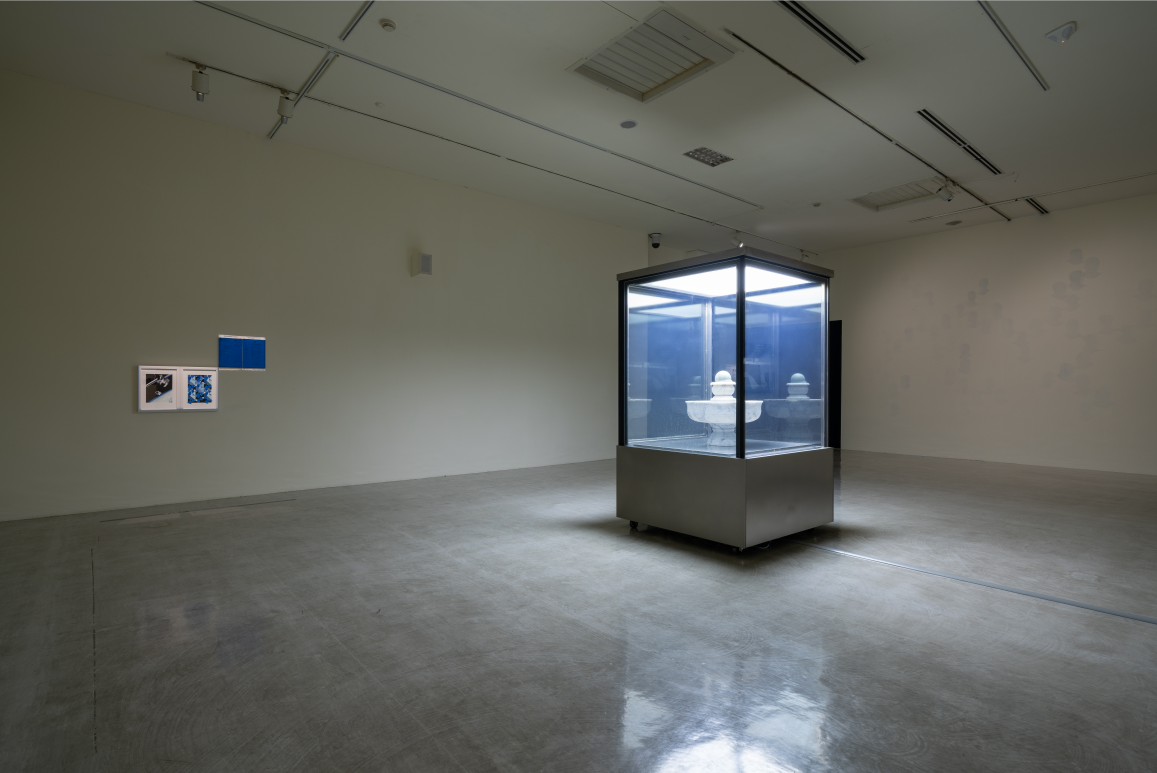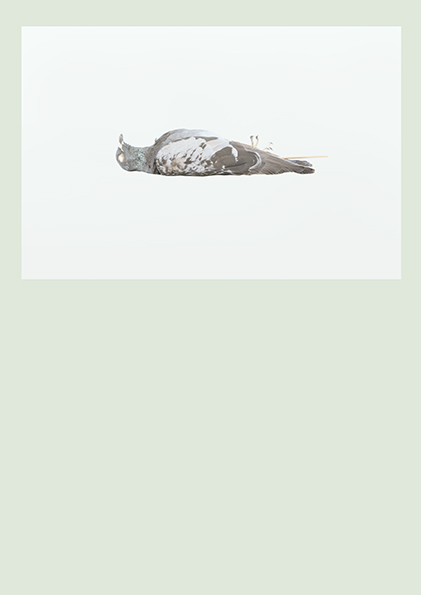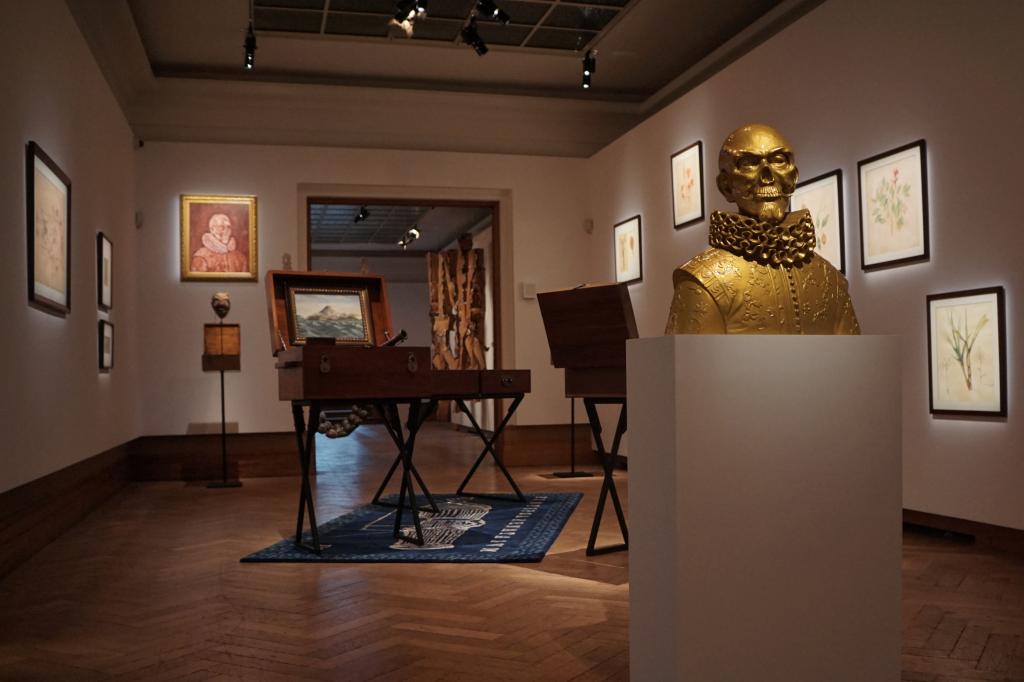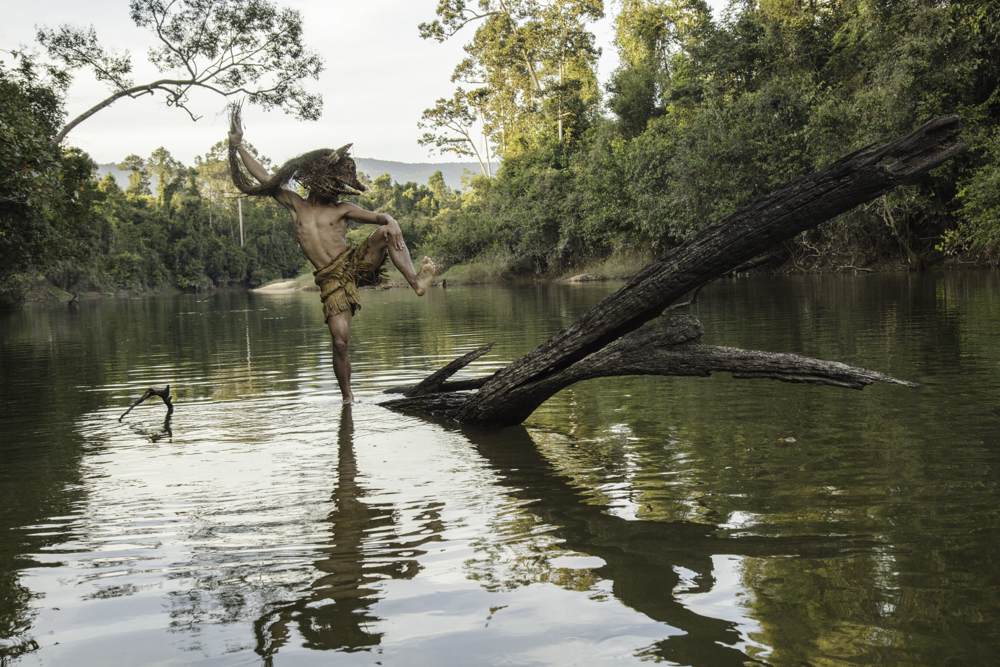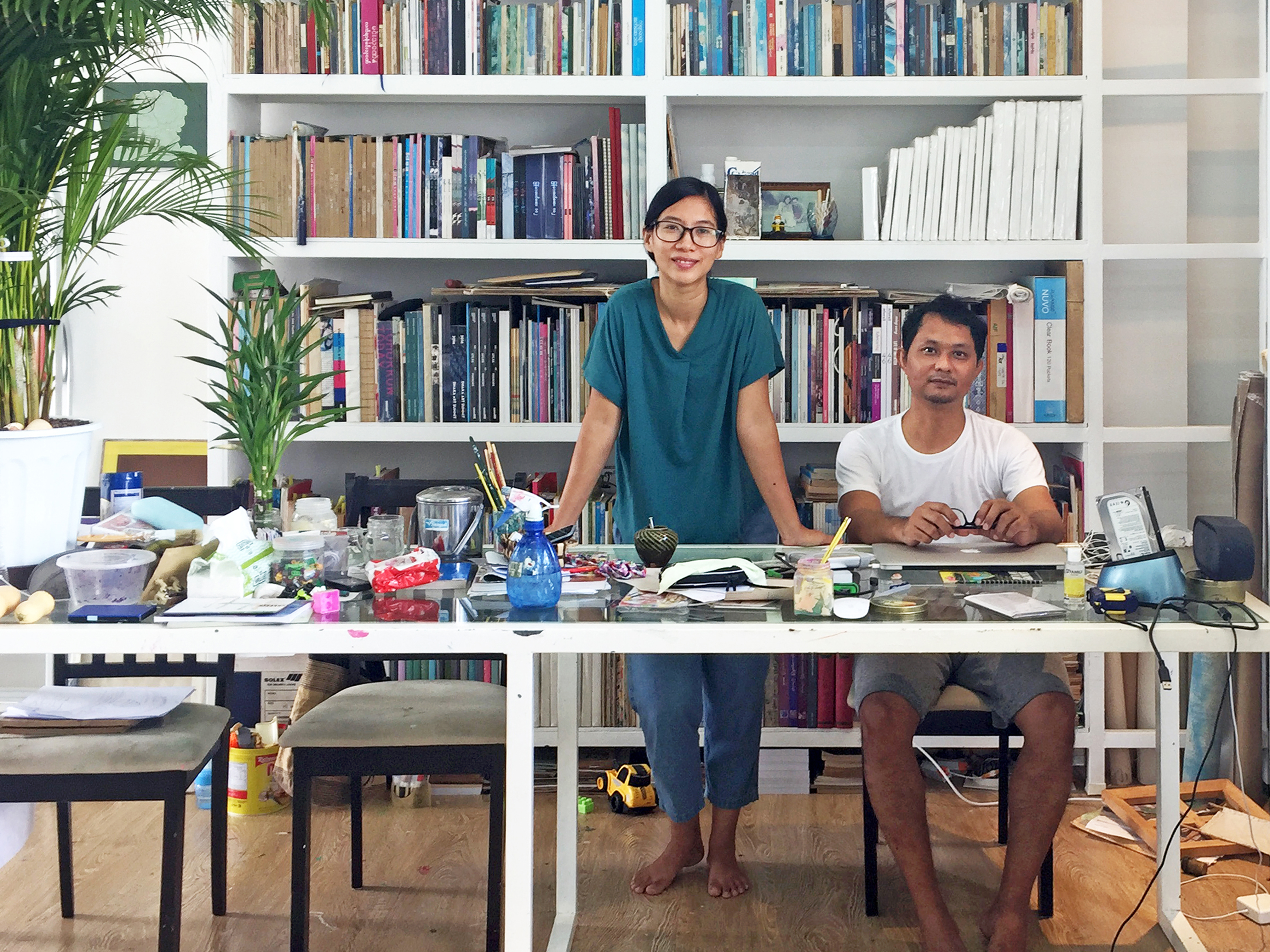INTRODUCTION
Since the 2000s, more and more artists inSoutheast Asia are engaged in research processes inspired by the socialsciences, working as historians, archivists, archaeologists or sociologists,yet applying freely the methodologies of work of these disciplines. The outcomeof the artists’ research is exhibited as an artwork and not presented in awritten and academic format. Still, these artistic “incursions” into academicfields are challenging the established system of knowledge production, inparticular the modes of knowledge production dominated by Western academic andscientific discourses inherited by the colonial past, and the official andlocal received knowledge modelled on authoritative discourses. Research appearsthus as a new strategy to convey legitimacy and value to counter-narratives onsocial, cultural, historical and political issues, while bringing forth new creative possibilities and innovativeepistemological languages.
An open-ended definition
Located at the interstices between art and academic forms ofknowledge, research-based art practices are very diverse both in their methodologiesof work and in their artistic forms. They can be broadly defined as artisticpractices grounded in a research process that is based on the methodologies ofwork and on the languages of the historian or the social sciences, the outcomeof which is displayed or transformed into an artwork. This definition ispurposely a broad one: the objective is not to precisely define thesepractices, nor to conceptualize them under an overarching theory, but rather todiscover their common features and to provide a framework within which theycould be better analysed and understood, each one within its specific context.
Artists have always used research and research has alwaysconstituted an important component of artistic practices across times andcultures. What might be new here is the artists’claim to borrow academic tools to engage in research processes.
There are actually many possible interactions between art andresearch, and many and confusing different terms to identify them. Christopher Frayling distinguishes three types of practicesinvolving art and research: “research into art,” “research throughart,” and “research for art” (Frayling 1993,5). Recently,because of the current debate about the possible recognition of artisticresearch within universities, the focus has been put on research into orthrough art. Here we deal with research for art, and, in fact, if we could addanother category to Frayling’s, we are focusing on “research and art,” becausethe cognitive and expressive dimensions of the artwork are equally important.
Similarly, art has always, even if indirectly, been able to generateknowledge. Despite an ancient philosophicaldebate, we do not question here the cognitive dimension of art. Whatneeds to be analyzed, though, is the specificity of this cognitive dimensionwithin the framework of research-based art practices.
What might be new here is the artists’desire to generate knowledge and to actively participate in the system ofknowledge production.
This is especially the case in Southeast Asia where a specificcontext pushes the artists to increasingly engage in research practices.
Specificities of research-based art practices in Southeast Asia
Research-based art practices are very recent in the region. They developedfrom the late 1990s, following the emergence of contemporary practices in theregion, which opened up the field of art and allowed for cross-disciplinary andexperimental languages to emerge. This was made possible because at that timethe artists’ conditions and contexts of work have changed, with relatively morefreedom, easier access to research resources and education, the creation ofindependent collective art spaces etc. A strong interest in the past, archivesand collective memory has also nurtured the tendency towards research-basedprocesses, supported by a global trend that valorised research as well.
These practices respond to a specific context, namely apost-colonial framework and local authoritative regimes (non-democraticgovernments, limited freedom of expression, state-controlled and weak educationsystem, scarcity of archives etc.)
As such, they develop outside the institutional framework and, whilethey aim at filling gaps in knowledge production, they resist and challengeexisting systems of knowledge production, which implicitly means:
· resisting localsystems based on propaganda and authoritarian ideologies
· challenging thehegemonic and dominant academic Western model of knowledge production
Objectives of this online data base
Through this website, and through the analysis of specific casestudies of research-based artworks from the region, we aim at analysing this creative entanglement of academic and artisticresearch in Southeast Asia, that is to say the why, when, what and how of thesepractices. Given the specific context of the region, this study aims at highlighting the emancipatory dimension ofresearch-based art practices and the role of research as a strategic agent ofcreativity and liberation.
It is based on research fieldwork involving interviews with artistsand local actors of the contemporary art scene in these countries. The studyincludes what artists themselves think abouttheir own practice together with an attempt to critically analyze thisinterview material in order to better account for the historical processes,motives and specificities of these art practices.It embraces all contemporary domain of art practice from painting to sculpture,installations, photography, performance or video art.
Each case study is examined with the same methodological approach:
· Contextual framework
Artwork’s description followed by the artist’s objectives and drive
· research process ofwork
The artist’s methodology of work iscompared to scholar’s methodologies of work, not to undermine their practicebut, on the contrary, in order to highlight the creative gaps opened between the two (since artists arenot scholars, there is indeed no question of “assessing” their methodology ofwork).
· artistic transformation of the research findings
The research component of the work could be compared to a materialfrom which the artists create, just like painters use pigments for their work.However, they do not merely model this material, but they learn from it in amutual relationship. Each artist uses his orher own terminology, from transformation, conversion, translation orcrystallisation, with a wide scope of possible artistic interpretations andexpressions. In fact, as we will see, themultiplicity of approaches is impressive.
This website is intended to become areference online data base for students, scholars and artists alike. Itaddresses anyone working on research-based art practices and on Asian artstudies.
Wah Nu and Tun Win Aung (historical research)
/system/go.jsp?treeid=1011&apptype=content&urltype=news.NewsContentUrl¶m=wbnewsid%3D1046
The author
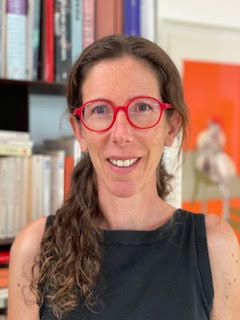
Dr. Caroline Ha Thuc is a French Hong Kong based independent artwriter and curator. Specialized in Asian contemporary art, Ha Thuc contributesregularly to different magazines such as ArtPress in France and Artomity inHong Kong. She holds a Ph.D. from the School of Creative Media, City Universityof Hong Kong.
Prior to moving to Hong Kong, Ha Thuc spent two years in Tokyo andpublished ‘Nouvel Art Contemporain Japonais’ (Nouvelles Editions Scala 2012)about the post-Murakami Japanese art scene. Her book ‘Contemporary Art in HongKong’ (Asia One, 2013), which was first published in France (Nouvelles EditionsScala, 2013), provides essential keys to apprehend the city’s vibrantcontemporary landscape and exposes the countless links between art, history,culture and identity. She then published a book about Chinese contemporary artanalyzing the interactions between the art scene and China’s rapidly changingsociety (‘After 2000: Contemporary Art in China’ published in French andEnglish (2015). She is now working on a book focusing on research-based artpractices and the emergence of alternative modes of knowledge production inSoutheast Asia.
As a curator, she focuses on promoting dialogue between artists fromdifferent cultures, while reflecting on social and political contemporaryissues. Her main exhibitions include ‘Constructing Mythologies’ (EdouardMalingue Gallery, Hong Kong 2018), ‘Documenting Myanmar’(Charbon Art Space,Hong Kong 2018), ‘Carnival’ (Amnesty International Hong Kong, 2017), ‘HumanVibrations’ (5th Large-scale Urban Media Arts Festival, 2016), ‘TheHuman Body: Measure and Norms’ (Blindspot Gallery, Hong Kong, 2015), ‘Sheltersof Resistance’ an in-situ installation by Kacey Wong in the courtyard of theCity Hall (YIA Art Fair Paris, 2015), ‘Hong Kong Bestiary’ (Platform China,Hong Kong, 2014), ‘Radiance’ (French May, Hong Kong, 2014).



